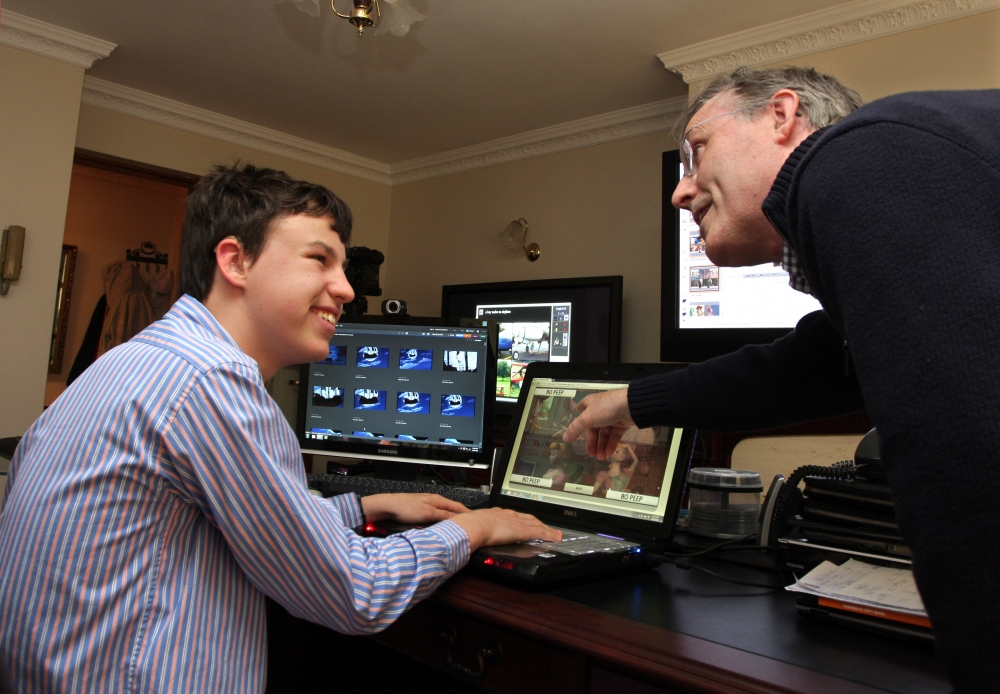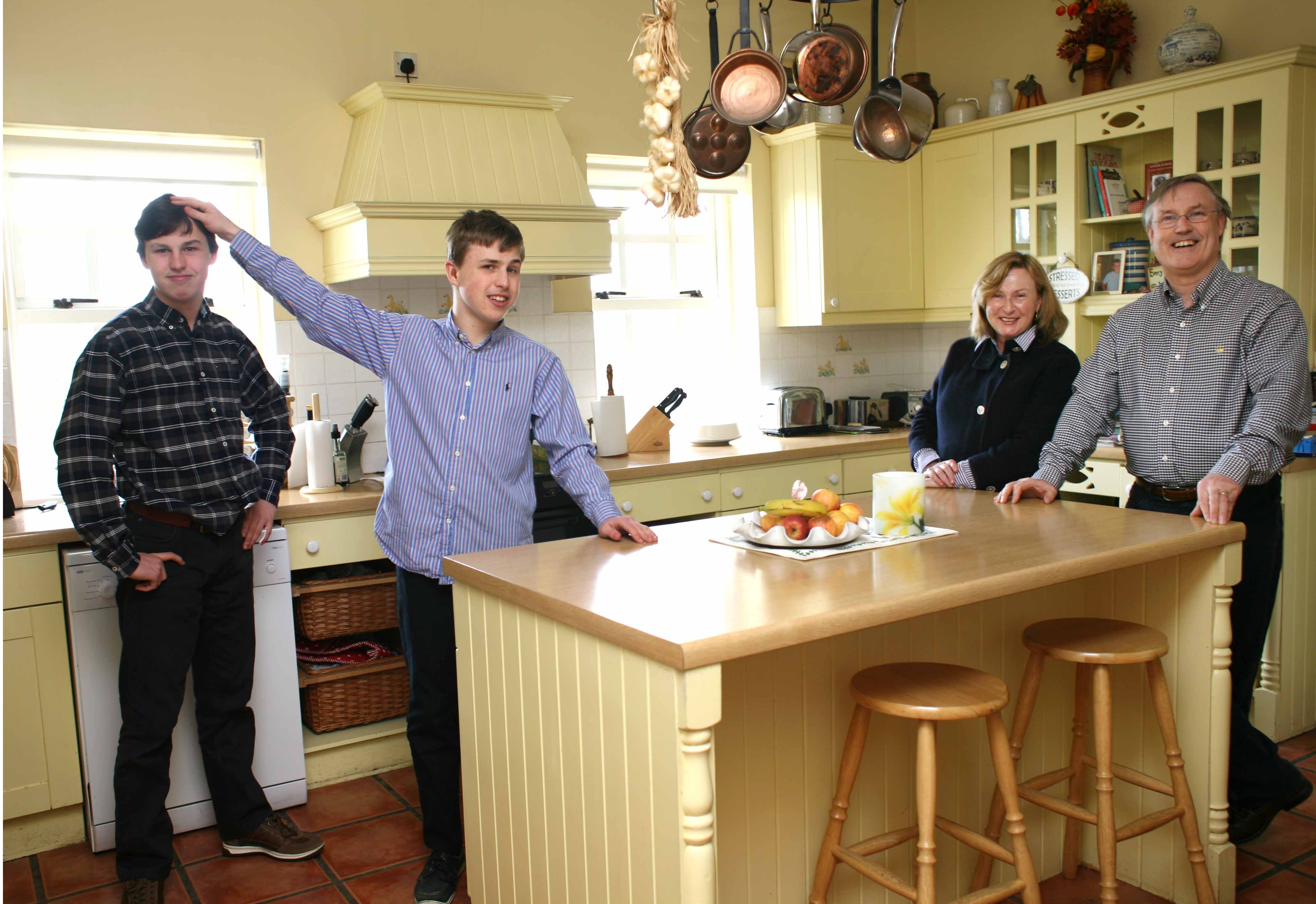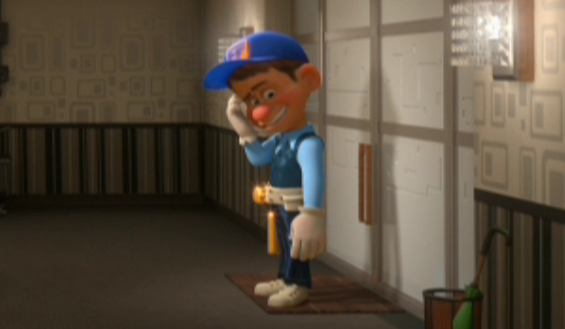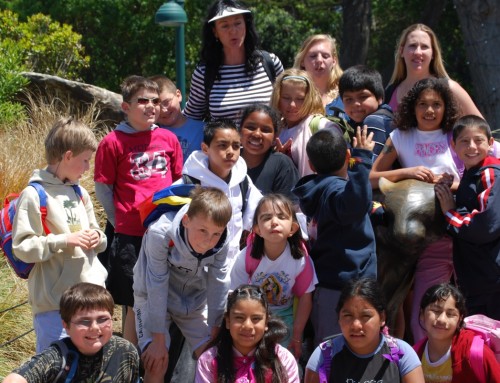By Joy Orpen, Sunday Independent
Galway twins Eoin and Conor’s condition couldn’t be treated at home. So their parents took them to the US, where film animation was the ideal treatment, as Joy Orpen finds out
If you were to pass Eoin and Conor Dodd as they strolled through Galway’s Eyre Square, you would assume they were part of the young, diverse culture that characterises the area. They’re both nice-looking boys and while Eoin has a strikingly sunny, outgoing nature, Conor seems more reflective. But if you were to engage these non-identical twins in conversation, you would discover they are autistic and have hearing problems. And while they were unable to communicate in conventional ways until quite recently, they are finally finding their voices thanks to an internet-based programme devised by their dad Enda, with much input from their teacher mother Valerie.
Valerie says all seemed well when the babies were born in Galway 16 years ago. “They passed the usual developmental checks and were sociable,” she says. However, they were still not talking when they started nursery school, aged three.
Initially, Valerie took responsibility for the boys, while Enda was busy as an engineer with a multinational company in Galway. When she became aware that the boys were not functioning optimally, she sought help from health services and came up against a brick wall. “They lost our records and failed to detect the boys’ hearing problems. It was all ludicrous – we even had to fight for hearing aids,” she says.
Even worse, when she attempted to secure occupational and speech therapy for her sons, she soon realised they would have to go privately, but even then, there was no availability. “Some parents were waiting over 18 months to get an appointment,” she says. “When they were six, in 2003, we realised there were just no resources here, so we were forced to take them to the United States,” says Valerie.
Fortunately, Enda’s company gave him a transfer to America. Subsequently the boys were diagnosed with sensorineural hearing loss, while it was established at the Speech and Language Development Center (SLDC) in Los Angeles that the boys were suffering from pervasive developmental disorder. “That’s on the autism spectrum,” explains Valerie.
Enda says, when autism is present, it’s not unusual for both twins to be affected; he believes genetics can play a part in causing the condition.
Valerie says she realized that even though the boys were bright and they now had a diagnosis, they were “losing” them slowly but surely. So Enda decided to concentrate his skills (including 30 years of clinical research) into helping Valerie find a solution to their sons’ problems. He gave up his job – “a big wrench” and over the next seven years, until their return to Ireland, the couple mortgaged their house and cashed in their investments to fund the project.
“I stepped away from my work and asked what were Eoin and Conor’s defecits and what were their strengths, and how could we grow them in a way that makes them functional?” says Enda.
He explains that one of the problems for people with autism is that they receive and process information very differently to other people. “For an autistic child, there is too much sensory overload,” he says.
He equates the problem to walking into a room. Ordinarily we would comfortably take in the whole space and then hone in on whatever interests us. But for someone living with autism that room is just a frightening jumble of confusing stuff. The secret is to help them organise the various elements into a manageable “sequence” and to get them to focus on one specific thing.
Early on, Valerie discovered she had one important trait in common with the boys: “I see things as pictures. I can quickly recall a long film in my mind; however, if I have to describe it, it takes much longer. But it doesn’t impede me because I do have language,” she says.
The challenge then was to help her non-verbal boys put a name to objects and to learn to identify abstract concepts such as emotions. “There is no point using speech to access them,” says Valerie. “You must start with pictures.”
So Enda came up with the idea of using animated films which the boys loved to watch anyway. The Walt Disney Company gave him access to its film stock so he could create programmes specifically for learning purposes.
He then took segments from certain movies such as Toy Story and made them accessible by “slowing down those complex moving collages”. Enda does this by running a 50-second segment, then freeze-framing a picture and asking the child three simple questions.
For example, is the toy in the picture sitting, flying or running? If the child clicks on the flying, then several other examples of flying from the same movie appear on the screen. So now the child can see that flying does not simply mean only one blue toy can fly – they soon learn other things can fly as well; for example, a different-coloured toy, a sliver aeroplane, a cloud. They then begin to understand what a concept like flying actually means, when previously they had no idea what that visual snapshot of the word “flying” actually meant. “They see things repeated in all different contexts,” says Enda.
The next step was to teach emotional concepts such as happy and sad. “What’s so drastically missing in autistic children are the socio-emotional skills. How do you teach those skills to children with no language?” asks Enda.
Again the answer lay in visual prompts from the Disney movies. The boys would be shown segments where emotions such as happy, sad, confused or scared were obvious and over time they learned to identify these emotions – not just in the world about them, but very importantly as part of their own emotional make-up.
Today, both boys are avid computer buffs who love to swim, play tennis and to watch documentaries about explorers like Shackleton; Eoin is even being groomed for university. Unfortunately because of their problems, they missed a number of childhood developmental steps, but thanks to their dad’s innovative programme they are now literate and communicating well.
Getting to this point has taken Enda years of experimentation and much input from Valerie, the boys and colleagues at the University of California. “Basically the mainframe based in Silicon Valley studies the child’s interface with the system and based on those responses, it adapts the programme for that individual child,” Enda explains.
Currently 50 families in Ireland are participating in an animated language-learning pilot study. Quite an achievement for Enda, his supportive wife and their delightful and most cooperative boys.
Email Enda Dodd at [email protected]or see www.animatedlanguagelearning.com









Leave A Comment